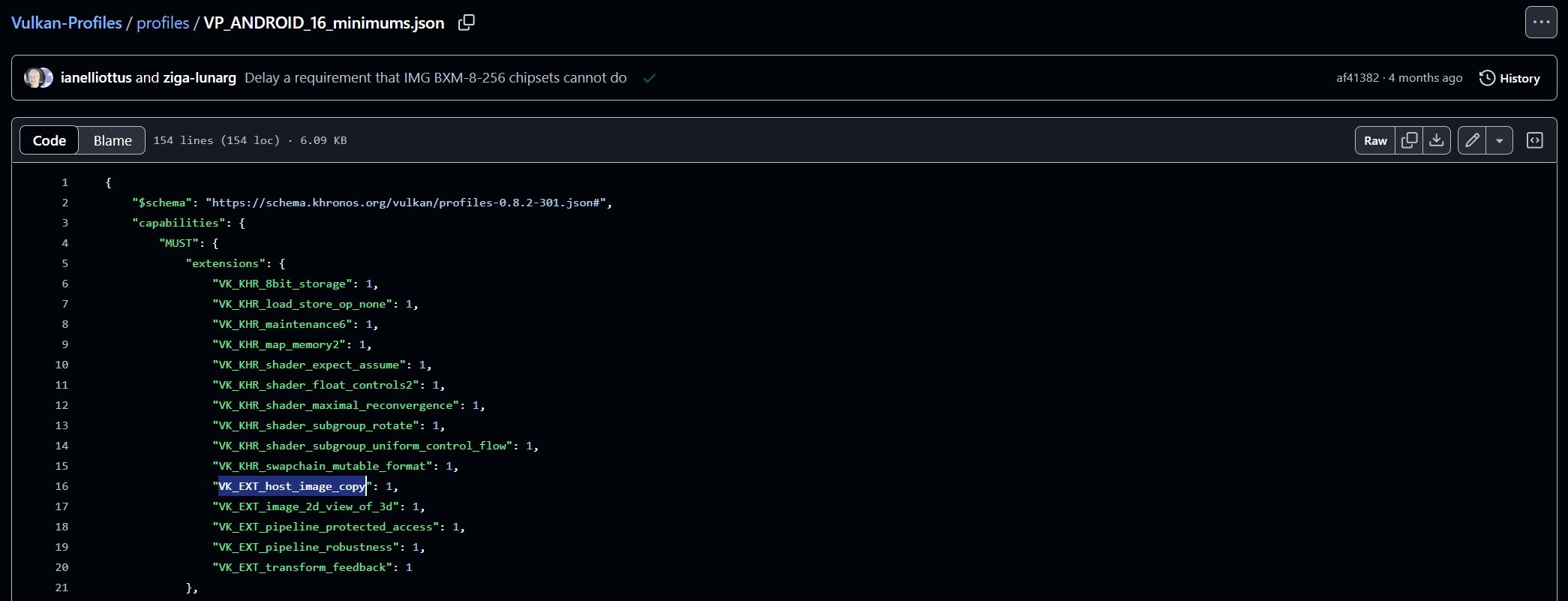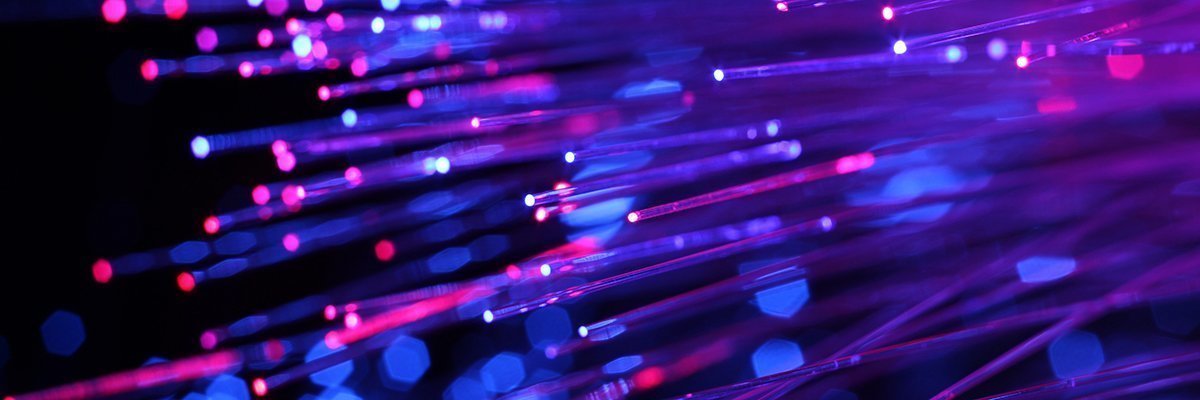TL;DR
- The latest version of the Vulkan graphics API, Vulkan 1.4, makes the Host Image Copy feature a core feature.
- A Google engineer says games using Host Image Copy can remove stutter during texture data streaming while also halving memory use.
- Devices launching with chipset built for Android 16 or later will be required to support the Host Image Copy feature.
The best Android games look significantly better now than they did a few years ago, thanks to both more powerful hardware for developers and improved graphics rendering features in Android. Today, most Android devices support Vulkan, the industry standard API for graphics and compute. Vulkan allows games to run efficiently on modern devices, and the latest version of the API, Vulkan 1.4, will introduce a feature to more devices that could greatly improve game performance on upcoming Android 16 devices.
The Vulkan graphics API is a modern, low-overhead, cross-platform 3D graphics and compute API. It gives developers more direct control over the GPU than the older OpenGL API, which Vulkan replaces. This more direct control reduces CPU overhead, leading to improved performance in multi-threaded apps and games, and enables games to utilize advanced features supported by modern smartphone GPUs, such as ray tracing.
Android introduced support for the Vulkan graphics API with Android 7.0 Nougat in 2016, but only a small number of devices supported it initially. Now, over 85% of Android devices support Vulkan. As a result, Google recently made Vulkan the official graphics API for Android, meaning that all software will have to use Vulkan to communicate with the device’s GPU.
While most Android devices on the market now support Vulkan, there’s significant inconsistency in the specific Vulkan features that individual devices support. To improve consistency in Vulkan feature availability across Android devices, Google introduced the Vulkan Profiles for Android (VPA) program last year. VPA defines a set of Vulkan features that GPUs must support to pass Google’s certification testing for a given Android release. For example, VPA 16, which is aimed at next-generation chipsets launching with support for Android 16, mandates that GPUs support at least these Vulkan features.

Mishaal Rahman /
This feature allows games to copy image data, such as textures, using the device’s CPU instead of the GPU. Traditionally, transferring image data from the device’s RAM or storage to the GPU involved multiple steps: first, copying the data to a temporary buffer in GPU memory, and then having the GPU copy it from that buffer to its final destination (the image). By enabling the CPU to copy image data directly between host memory and GPU image memory, or even between two images on the host side, Host Image Copy eliminates the need for a temporary buffer. This halves the GPU memory required for the transfer and, by using multiple CPU threads to load texture data in parallel, improves loading times. This also frees up GPU resources so they can be spent rendering frames more smoothly, reducing stutter. This is a vastly oversimplified summary of Host Image Copy, so we recommend reading Youssefi’s blog post in full for a more detailed explanation.
What’s important to know is that Host Image Copy will prove particularly useful for Android games, as it enables faster app loads, reduces stutter, and lowers GPU memory usage. Youssefi expects that the “vast majority of Android devices shipping with Vulkan 1.4 will implement Host Image Copy, and implement it optimally for compressed formats.” While some current Android devices already support the Host Image Copy feature, that number will grow substantially once new Android 16 devices start to ship, as required by VPA 16.
Update (4/4/2025 @ 11:47 AM): This article was updated to reflect that some Android devices already support Host Image Copy.












